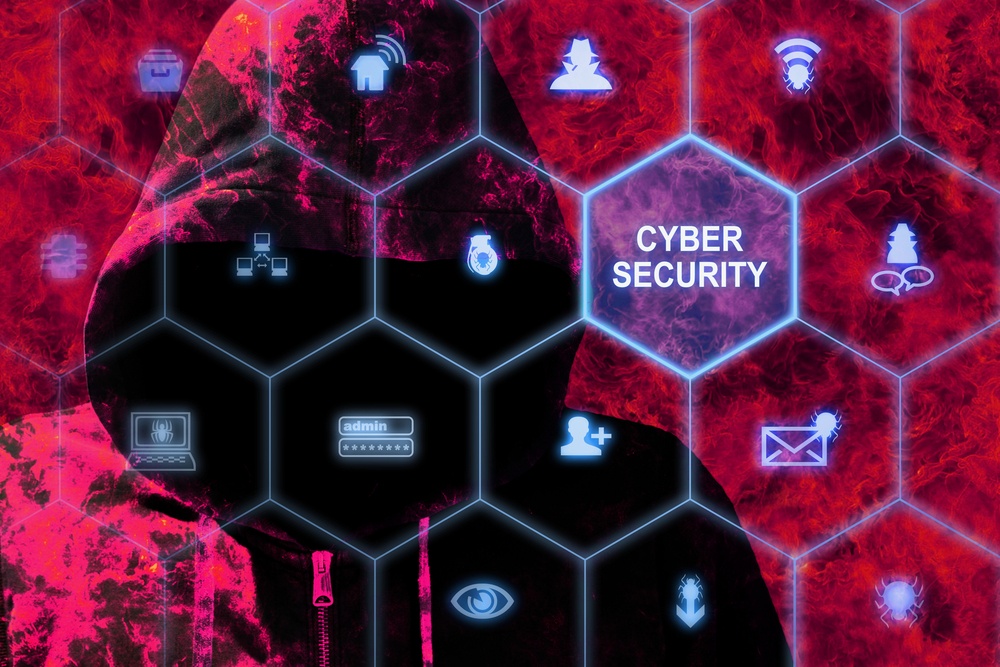Key takeaways:
- Outdated security tools leave big gaps in threat detection.
- Integrating AI can help find hard-to-spot malware.
- A unified cybersecurity platform simplifies defense and saves time.
- Regular staff training boosts your company’s first line of defense.
- Proactive measures turn weak spots into strong shields.
Boost Your Defense With a Cybersecurity Platform
Every company needs solid defenses against hackers and bad software. Yet, many still use old tools that miss clever attacks. A unified cybersecurity platform brings all your security tools under one roof. This lets you spot threats faster and cut down on confusion. Moreover, it boosts your team’s ability to act before small issues become big disasters. With clear alerts and shared data, you can close gaps in seconds rather than hours. In turn, this makes your network more resilient and your staff more confident.
Outdated Tools Are a Risk
Many firms rely on separate apps for antivirus, network scans, and email filters. However, these isolated tools often fail to share vital data. As a result, one tool may miss a sign that another could catch. In addition, patching or updating each tool slows your team down. Hackers love this delay because it gives them time to sneak in. Therefore, relying on old, scattered tools can leave your doors wide open. You need a simpler way to keep all parts of your defense talking to each other.
How a Cybersecurity Platform Closes Gaps
Switching to a single cybersecurity platform solves many of these problems. First, it gathers logs and alerts from every endpoint in real time. This means you get a full picture of your network’s health at once. Second, the platform can automatically block threats based on preset rules. For example, it may quarantine suspicious files before they spread. Third, it uses machine learning to spot patterns you might miss. In addition, it can suggest fixes so your team stays on top of risks. Altogether, this turns a reactive setup into a proactive shield.
AI-Driven Attacks Are on the Rise
Today, cybercriminals use AI to create smarter malware. They can morph code to avoid detection or launch automated phishing campaigns. In fact, some attacks learn from your defenses and change tactics on the fly. Without AI on your side, you’re at a real disadvantage. A modern cybersecurity platform often includes AI modules that analyze behavior, predict threats, and adapt in seconds. Thus, it not only reacts to known attacks but also hunts for unknown risks. This gives you a fighting chance against ever-evolving malware.
Empowering Staff Through Simple Training
Even the best cybersecurity platform needs human support. After all, employees open emails, click links, and move files. If they don’t know the basics, a single mistake can break your defenses. That’s why ongoing, easy-to-understand training is vital. Teach staff how to spot phishing emails, use strong passwords, and update software. Use short videos, quick quizzes, and real-world examples. Moreover, reward them when they report suspicious activity. As a result, your team becomes an active partner in security, not a weak link.
Proactive Steps to Keep Data Safe
Beyond tools and training, you need clear processes. First, run regular security drills that mimic real attacks. This helps you find weak spots in a safe environment. Second, perform routine audits to ensure compliance with rules and standards. Third, segment your network so a breach in one area stays contained. Fourth, back up critical data offsite and test the backups often. Finally, set up clear incident response plans that outline roles and steps. In sum, proactive planning keeps you ready for surprises.
Building a Culture of Resilience
A strong security culture starts at the top. Leaders must show that safety matters as much as profit. They should allocate budgets for modern tools and training. Also, they must celebrate wins, like thwarted attacks or successful drills. Encourage open discussion about risks and near misses. This way, employees feel safe reporting problems without fear. Over time, security becomes part of daily routines rather than a dreaded chore. When everyone owns defense, your company becomes lean, strong, and adaptable.
Turning Compliance Into a Strength
Many businesses view compliance as a chore. They see endless checklists and reports that eat time. However, you can flip this mindset. Use compliance requirements to guide your security strategy. For example, align your cybersecurity platform’s reporting features with legal rules. Automate data collection and report generation. This way, audits take hours instead of days. Moreover, meeting high standards boosts customer trust. They know you value their privacy and take security seriously. Therefore, compliance becomes an asset, not a burden.
Conclusion
Security gaps pose a real threat as attacks grow more advanced. By adopting a unified cybersecurity platform, integrating AI, and training your staff, you build a much stronger defense. Proactive measures, clear processes, and a culture of resilience turn your team into a security force. Embrace these steps now to protect your data, your reputation, and your future.
FAQs
What should I look for in a cybersecurity platform?
Look for real-time alerts, AI-based threat detection, automated response, and easy reporting tools. Make sure it integrates with existing systems.
How often should I train my staff on security basics?
Offer short refreshers every quarter and more in-depth sessions twice a year. Use engaging formats like quizzes and simulations.
Can small businesses benefit from a unified security platform?
Absolutely. A single platform cuts costs, simplifies management, and boosts protection for companies of all sizes.
How do I start moving from reactive to proactive security?
Begin with a risk assessment, choose a suitable cybersecurity platform, set up regular drills, and establish clear response plans.

